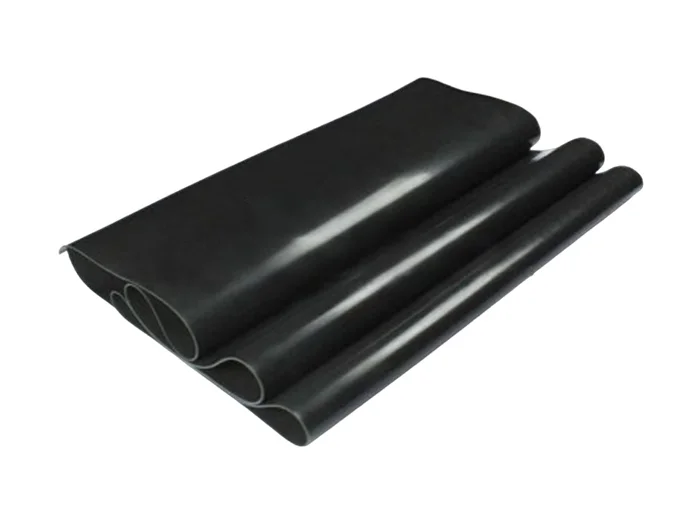
When it comes to packing for travel or shipping goods, finding the lightest packing material is crucial. Not only does it help reduce the overall weight, but it also plays a significant role in minimizing shipping costs and maximizing efficiency. In this blog post, we will delve into the realm of packing materials and uncover the secrets behind the lightest options available in the market.
- The Importance of Lightweight Packing Materials:
Efficiency, cost-effectiveness, and environmental sustainability are some of the key factors driving the demand for lightweight packing materials. By using lighter materials, businesses can optimize their logistics operations, reduce fuel consumption, and minimize their carbon footprint. Additionally, travelers can benefit from lighter luggage, making their journeys more comfortable and hassle-free. - Air-Based Packing Materials:
One of the lightest and most versatile packing materials is air-based packaging. This innovative solution utilizes air-filled cushions or pillows to protect fragile items during transit. These cushions are made from durable, yet lightweight materials such as polyethylene or polypropylene. Air-based packing materials not only provide excellent cushioning but also offer superior shock absorption, ensuring the safety of delicate items. - Foam-Based Packing Materials:
Foam-based packing materials, such as expanded polystyrene (EPS) and polyethylene foam, are renowned for their exceptional lightweight properties. These materials are widely used in various industries, including electronics, automotive, and healthcare. The closed-cell structure of foam materials provides excellent insulation, impact resistance, and vibration dampening capabilities, making them ideal for protecting sensitive and delicate items. - Honeycomb Structures:
Honeycomb structures are another fascinating option for lightweight packing materials. Inspired by nature, these structures mimic the hexagonal shape of honeycombs, resulting in a strong and lightweight material. Honeycomb panels are commonly made from materials like aluminum, paper, or plastic. They offer exceptional strength-to-weight ratios, making them suitable for applications where both strength and weight reduction are crucial, such as aerospace and automotive industries. - Biodegradable Packing Materials:
In recent years, the demand for eco-friendly packing materials has been on the rise. Biodegradable options, such as molded pulp and starch-based materials, provide a lightweight and sustainable alternative to traditional packing materials. These materials are derived from renewable resources and can be easily composted or recycled, reducing the environmental impact associated with packaging waste.
Conclusion:
In the world of packing materials, finding the lightest option is a constant pursuit for businesses and travelers alike. From air-based cushions to foam-based solutions and honeycomb structures, there are various innovative materials available to meet different needs. By embracing lightweight packing materials, we can enhance efficiency, reduce costs, and contribute to a greener future. So, the next time you pack your bags or ship goods, remember to choose wisely and opt for the lightest packing material available.


